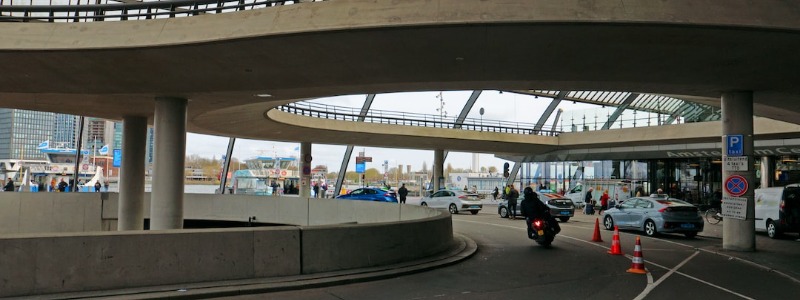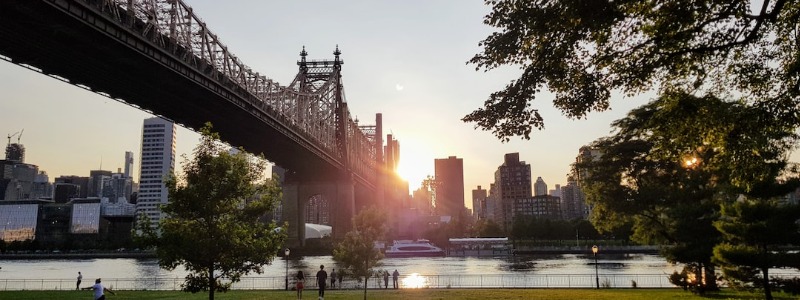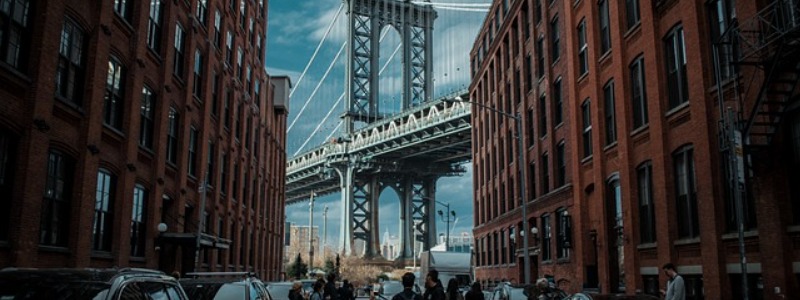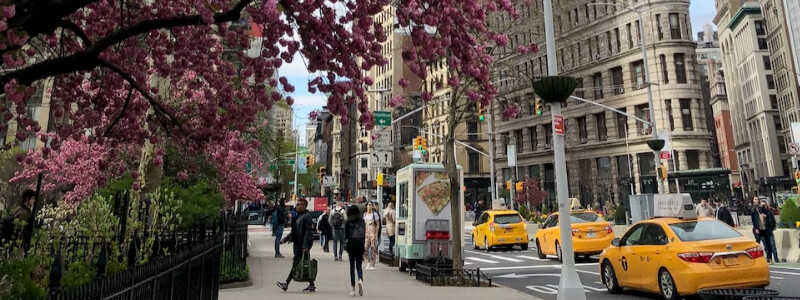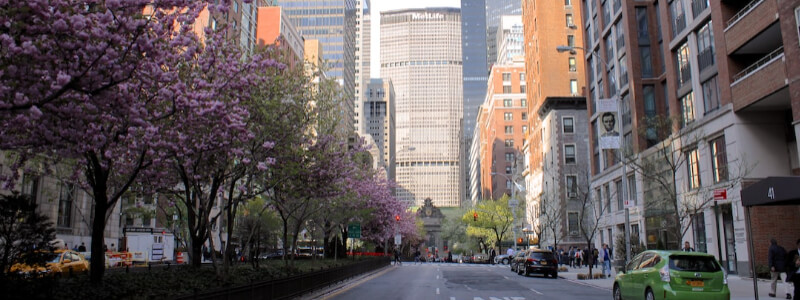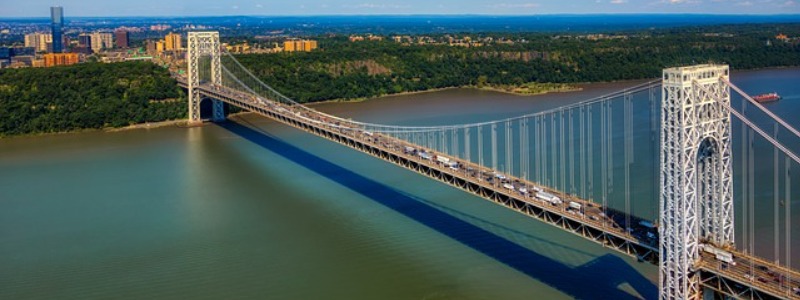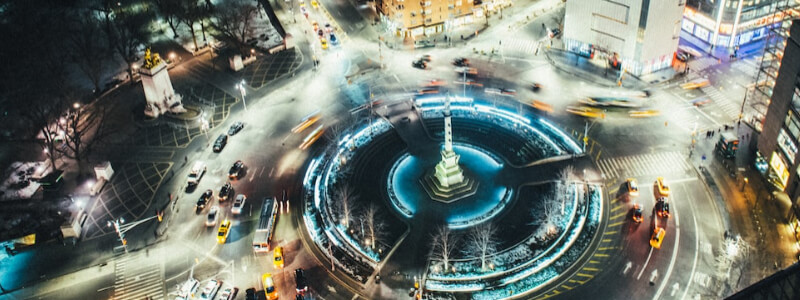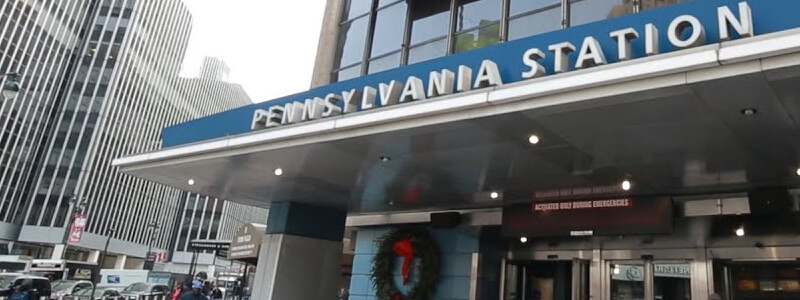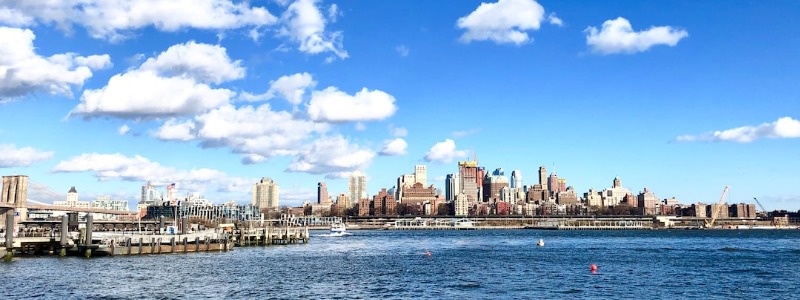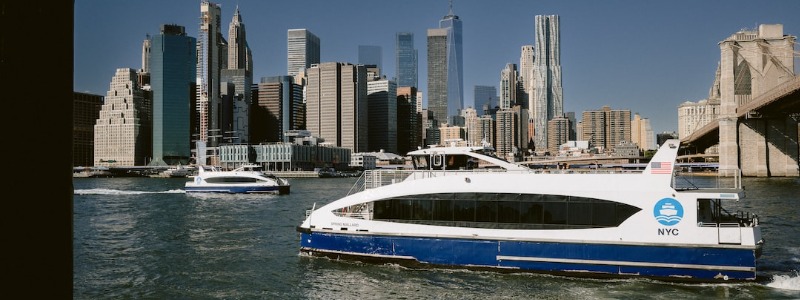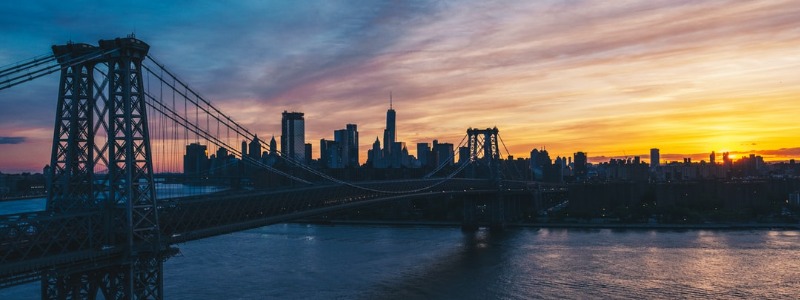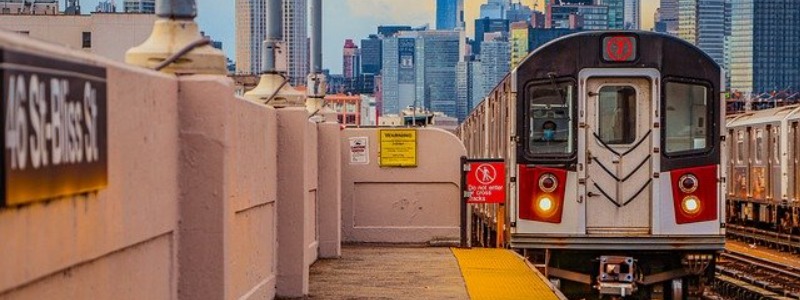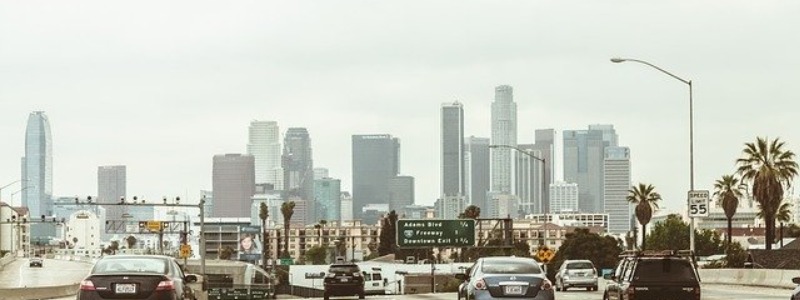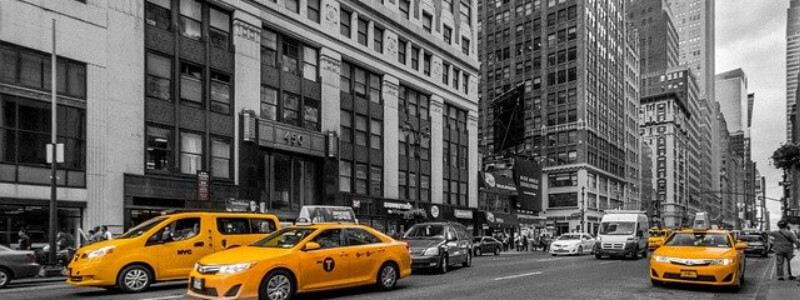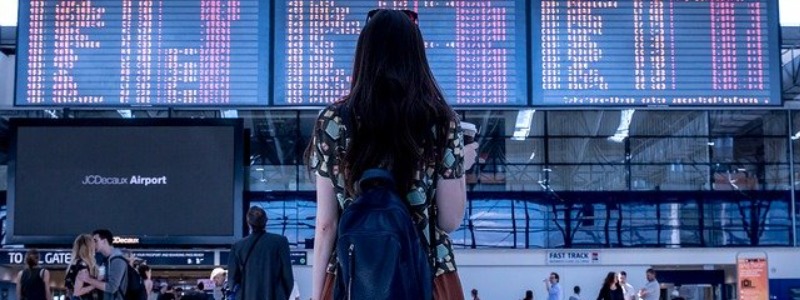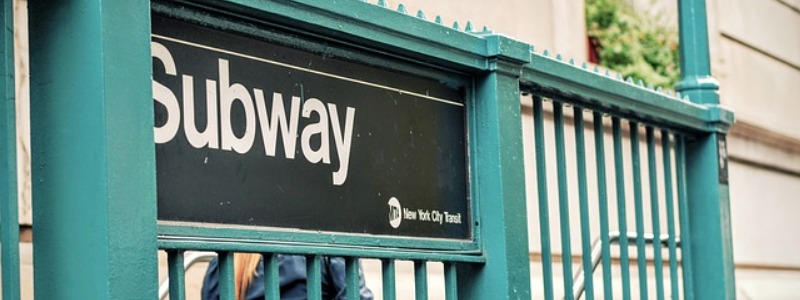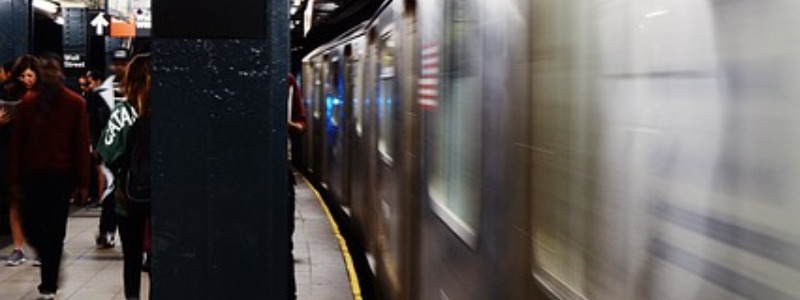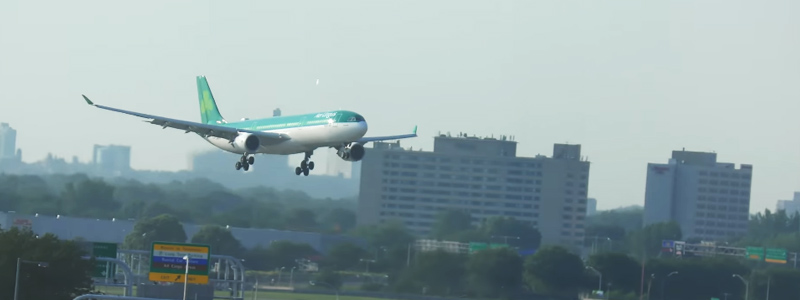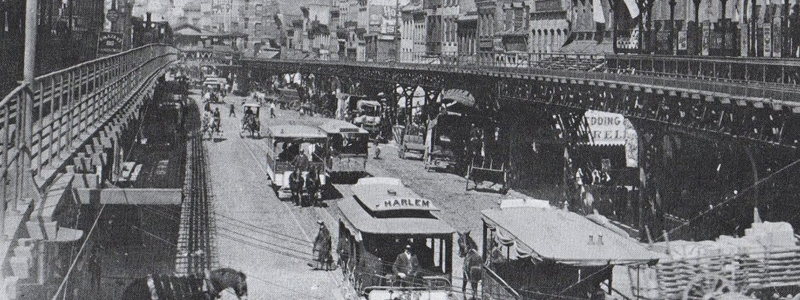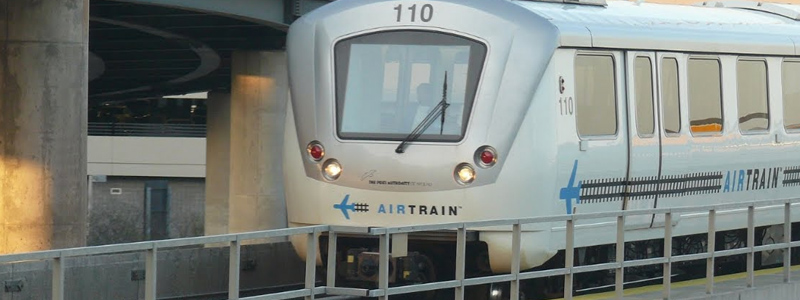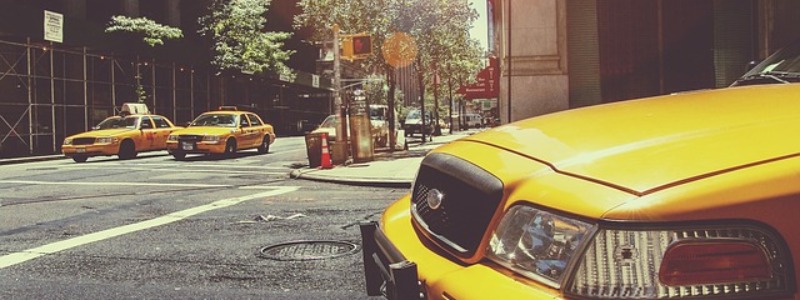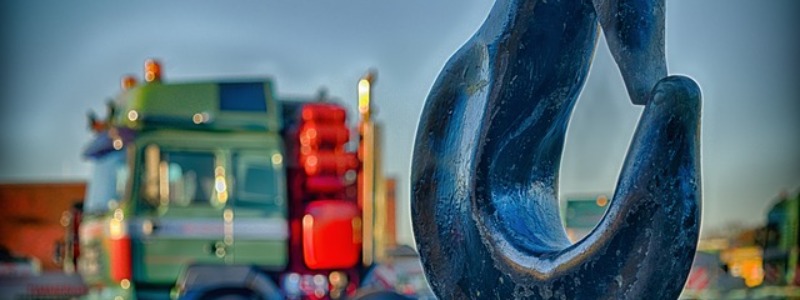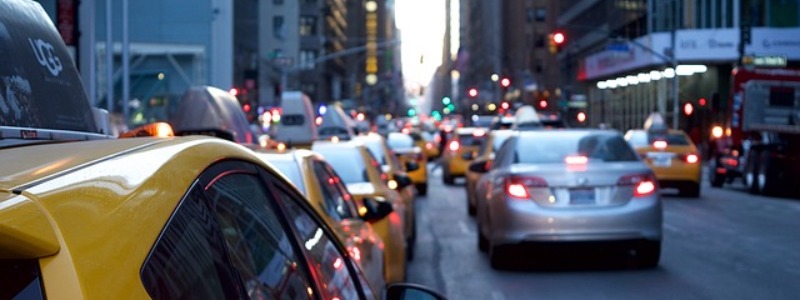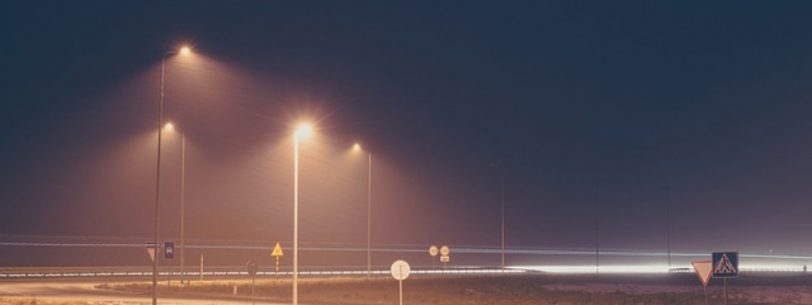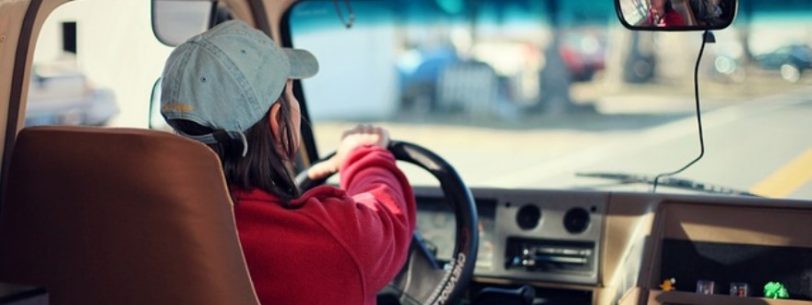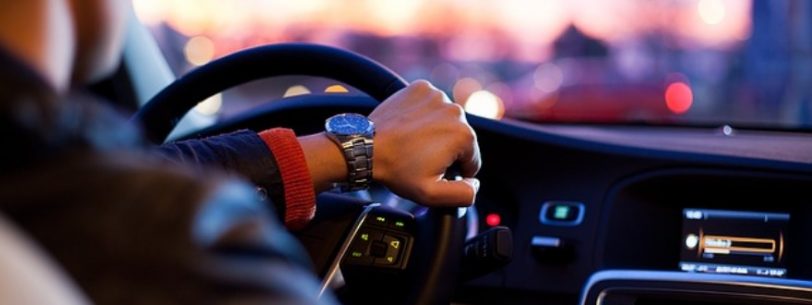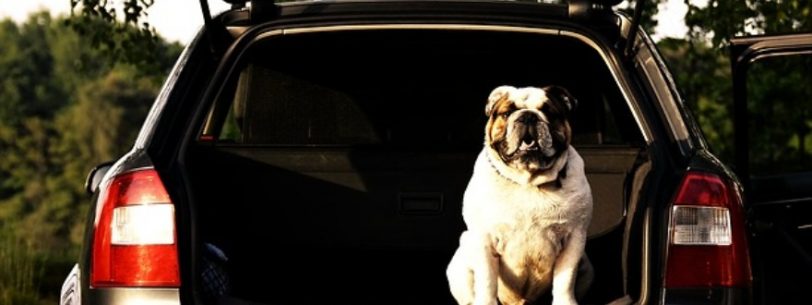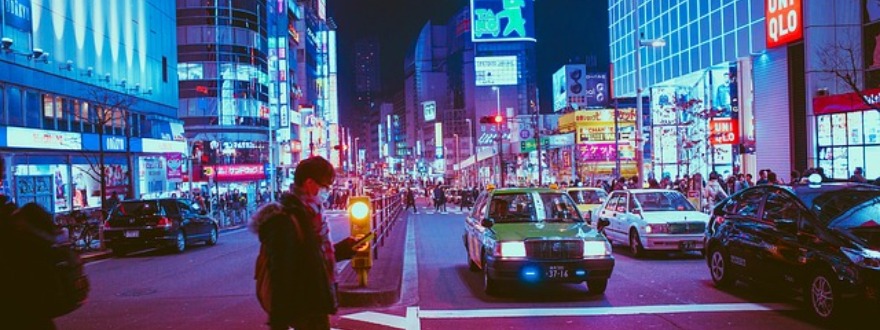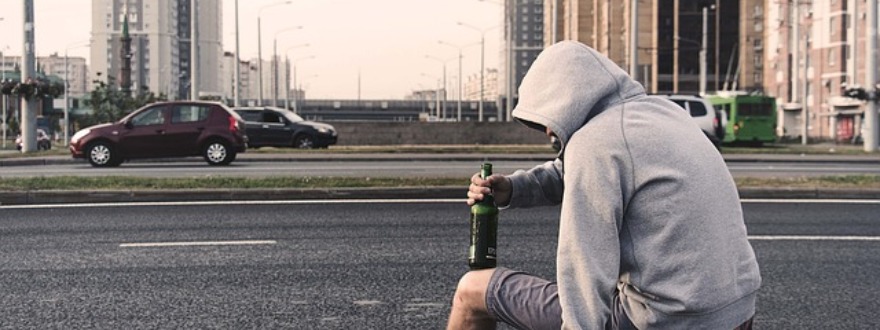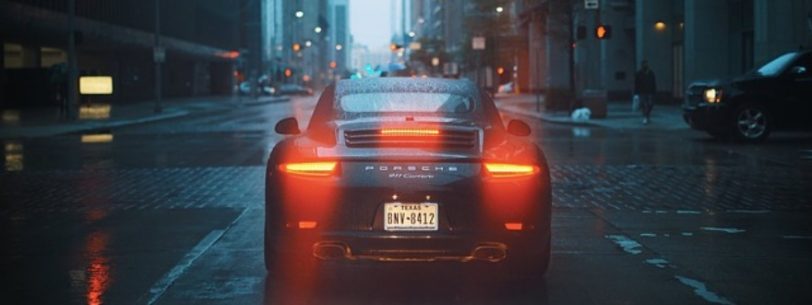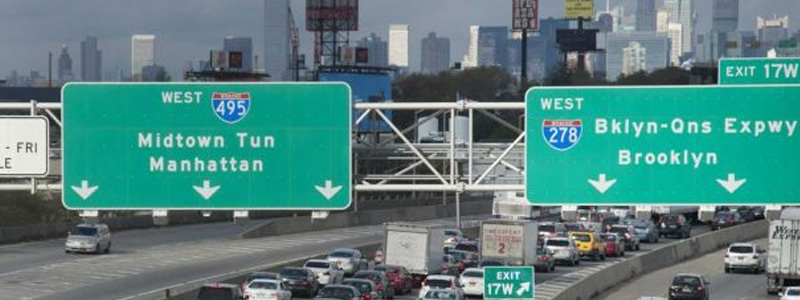New York City Transportation
Contents
- New York City Transportation
- Driving Tips In NYC
- How to Travel From JFK to Manhattan
- Queensboro Bridge
- Lexington Avenue
- Manhattan Bridge
- Madison Avenue
- Park Avenue
- George Washington Bridge
- NYC’s Columbus Circle
- Penn Station
- New York Harbor
- NY Waterway – Ferry from New Jersey to NYC
- East River – New York City
- The New York Subway For Beginners
- Williamsburg Bridge
- Arriving in New York City by Train
- Driving Tips In NYC
- NYC Taxis
- Getting from a New York City Airport to Manhattan
- Go For a Ride on the New York City Subway System
- Use the MetroCard To Get Around New York City
- Arriving at New York Airports
- Origins of the New York City Subway
- New York City Subway Guide for Tourists
- Guide to Driving Alternatives in and Around NYC
- Cheap Fare Between NYC Airports and Manhattan
- Airport Transfers from JFK to NYC
- New York City Safety Tips
- NYC Rental Car Nighttime Driving Tips
- What Happens When Your Vehicle is Towed in New York City?
- Find a Restroom in New York City Fast!
- Surviving a Traffic Jam in New York City
- Gridlock Alert Days and How to Avoid Holiday Traffic in NYC
- What Cars are Most Likely to Catch the Eye of a Thief in NYC?
- Street Signs You’ll Find in NYC
- What the Yield? Understanding this Common Traffic Sign
- Sharing the Road with School Buses
- Pedestrian Safety: Jaywalking NYC
- Negotiating New York City-specific Driving Dilemmas
- Know Your Driving Danger Zones
- What to Do if You Run out of Gas in Your Car Rental
- How to Parallel Park in the City
- How to Spot an Intoxicated Driver in NYC
- How to Ask for Directions in an Unfamiliar City
- Tailgating Terror: Why You Should Always Leave Space Around Your Rental
- How to use NYC Street Parking Meter, Credit Cards, & Parking Card
- Getting Around Long Island – Major Roadways to Remember
- How to Avoid Traffic at the George Washington Bridge
- Public Transportation
- Taxis
- Airports
- Driving in New York
- Driving in Manhattan
- Driving Regulations In NYC
- Parking In NYC
- Speed Limits In NYC
- Legal Drinking And Driving Limit In NYC
- Traffic Reports
- Helpful Telephone Numbers In NYC
- Driving Tips In NYC
There are many New York City Transportation options for getting around. The public transportation system is great and the city is full of taxis. The New York City area is served by three large airports, giving you multiple gateways to the city by air.
Driving Tips In NYC
First and most important, never drive while under the influence of alcohol, especially while in New York. The city has recently stepped up its penalties for DWI, so it may even be a good idea not to have that ‘one glass of wine’.
The next thing to note is very important, but probably something that you would not expect; you are not allowed to turn right at a red light while in NYC. This is true for all intersections unless stated otherwise.
It is very important that you do not contribute to gridlock while driving in the city; the locals will not take kindly to this. This means that you should not proceed into an intersection unless you are confident that you will be able to make it all the way through. Believe it or not, this is illegal and you can be fined for “locking the block”, not to mention the fact that you will have to deal with the extremely irritated other drivers.
If you happen to get towed while in New York, the best way to get your car back is to call the local police station, they can then direct you to the Department of Transportation. Most cars are taken to a warehouse on the west side of Manhattan.
To prevent car theft, never leave anything visible in the car, and make sure that if you are putting things in the trunk, you do so before you park, as you never know who is watching. If something is valuable to you and you want to make sure that it doesn’t get stolen, the best is just to take it with you.
Make sure not to honk unless absolutely necessary, as some areas, for example, the Holland Tunnel entrance, do not allow the use of a horn, and you can be fined $100 for violating. This is also common in areas where there are a large number of residences.
And finally, never open your window to strangers; ignore anyone that comes up to your car either to wash the windows, ask for money, or try to sell you something, as having an open window makes you a very vulnerable target.
Public Transportation
New York City public transportation is excellent and offers plenty of options. The extensive subway system and a network of buses and railroads are great for getting around.
Public transportation can be much cheaper than using taxis and less hassle than driving yourself. You’ll need a MetroCard to access the city’s subways and buses. More MetroCard information here.
You can use public transportation to get from any NYC airport to Manhattan.
Taxis
Taxis tend to be a popular choice for tourists. It’s much simpler to hail a cab than figure out the subway system. After all, you just have to stand on the side of the street and raise your hand. No maps or crowds.
Airports
Three large airports serve the New York City area:
- John F. Kennedy International Airport (JFK)
- LaGuardia International Airport (LGA)
- Newark Liberty International Airport (EWR)
All three airports are within easy reach of Manhattan through a number of different options.
Driving in New York
It is much easier to drive in downtown Manhattan than you might think. You’ve probably seen frustrating traffic jams in the movies, but in reality, the driving is much more consistent and enjoyable. New York City driving is actually very similar to driving in other large cities across the globe – although drivers and pedestrians are abundant, traffic lights, street signs, as well as parking regulations help ensure the flow of traffic. So get comfortable in your car rental and make your way to downtown Manhattan! There are only a few simple rules to follow when driving your car rental in Manhattan.
- Turning – Unless otherwise stated, turning on a red light in Manhattan, and in all other New York boroughs, is strictly prohibited. There are some corners with signs that read “After Stop Right Turn on Red Permitted,” however these are few and far between.
- Speed limits – In all of New York City’s five boroughs, the speed limit on city streets (but not on highways) is 30 miles per hour.
- Yellow lights – If you are approaching a traffic light that is yellow, do not attempt to drive through it! Yellow lights in Manhattan are only 4 seconds long, so it is best to stop safely and wait a few moments for the light to turn green again.
- Right of way – In Manhattan, pedestrians always have the right of way. Remember that there are no laws against jaywalking, so be alert for pedestrians at all times.
- Parking – You can not park on a street meter all day long, as meters require the payment of quarters on an hourly basis. It is a better idea to park in a parking garage or in open-air lots. Rates are more expensive closer to the downtown area, however, prices are usually lower on the weekends.
- Lights – You must turn on the rental car lights at dusk. As well, lights must be turned on if you use the windshield wipers during the day.
- Changing Lanes – When changing lanes in Manhattan, don’t just rely on the rental car’s mirrors. Make sure that you signal first and then check your blind spots quickly before you proceed to the other lane.
- Honking the horn – Unless it is absolutely necessary, do not honk the horn of your car rental in Manhattan. You can actually be fined $100 for honking the horn in certain areas, including the Holland Tunnel entrance and residential sections.
- Grid-Lock – It is very important to enter an intersection if and only if you are certain that you can drive all the way through. Help the flow of traffic instead of blocking it!
- Car Theft – Absolutely do not leave any item of importance or particular value in full view. It is also important to put any valuables in the trunk before you park the rental car, as many thieves will observe your parking in Manhattan and then steal items after you’ve left.
- Safety – As is customary in any large city, do not open the window of your rental car in Manhattan to respond to people selling items or asking for money.
Driving in Manhattan
Driving in New York is not for the inexperienced driver; however, there are a few things to keep in mind while driving in the city that will help make it a better experience, especially when trying to get the most out of a luxury car. Getting Around in Your Car Rental in Manhattan is actually very simple and easy to understand if you familiarize yourself with the street directions. Learn these and you’ll be a regular New Yorker in no time!
- One-Way Streets – Almost all Manhattan streets are one direction, so make sure you pick up a map with travel arrows.
- Two-Way Streets – Some major streets are two-way in Manhattan, including Houston Street, 14th Street, 23rd Street, 34th Street, and 57th Street. You can usually not turn left on these streets in the daytime.
- Odd and Even Streets – Even-numbered streets travel East while odd-numbered streets travel West.
- Avenues – These streets go from north to south and are usually one-way and alternating.
- Reversed Directions – During busy hours, some bridges and tunnels will reverse or close lanes. But don’t worry – there are many traffic signs and police officers to notify drivers.
Driving Regulations In NYC
As long as you are over the age of 16, and have a valid driver’s license, you can drive in New York. However be sure to remember that you are not allowed to drive while talking on a cell phone (you could receive a fine of $100), you must wear a seat belt, and if there is a child under the age of four, they must be in a federally approved child safety seat (regardless of weight).
Parking In NYC
Parking in New York can be a little different than in most places, due to alternate-side-of-the-street regulations. Always make sure to check the red signs with the street cleaning symbol just in case you may have to move your car the next day. This gives the street sweepers a chance to clean the streets. For further information, there is a hotline that you can call at (212)/(718) 225-5368.
It is also important to know what the signs mean if you come across a sign that says “No Stopping” you are not allowed to park, wait, pick up or drop off someone, or pick up a package. If there is a sign that says “No Standing” you are allowed to pick up or drop off someone but that is all, and if there is a “No Parking” sign you are allowed to pick up or drop off someone, and pick up a package or unload merchandise, but you are not allowed to wait.
If you come across a broken meter in you parking travels, you are allowed to park for a maximum of one hour, if a meter is missing you are allowed to park up to the maximum time allotted by the sign (an hour for a 1-hour meter, 2 hours for a 2-hour meter, etc.). However, if you come across a broken meter and there is other metered parking available, you must park in the functional metered spot.
Speed Limits In NYC
- 55 MPH for Highways
- 35 MPH for suburban business or residential district
- 25 MPH for a non-suburban business or residential district
- 25 MPH for a school zone
Legal Drinking And Driving Limit In NYC
In NYC there are two different levels of severity when driving while impaired. If you have a blood alcohol content of 0.10 or higher you are considered “Driving While Intoxicated” and for a first offense, you can receive a $1000 penalty, up to one year in jail, and get your license revoked for a minimum of 6 months. If you have a BAC of .05-.09 you are considered “Driving While Ability Impaired” and for a first offense, you can receive a $500 fine, up to 15 days in jail, and get your license revoked for 90 days. If you are under 21 years of age, you are part of what is considered “Zero Tolerance” where if you are found to have a BAC of .02-.07, there is a minimum penalty fee of $125 and a 6-month license suspension, and a $100 suspension termination fee to get your license back.
Traffic Reports
Most radio stations have traffic reports every couple of minutes, so it is a good idea to listen and see if you are heading into a messy situation or not. For a full list of New York radio visit www.nyradioguide.com. Or visit www.metrocommute.com before you leave, which gives you an up-to-date traffic report online.
Helpful Telephone Numbers In NYC
- AAA
Branches:
Brooklyn – 2334 Ralph Ave.
Manhattan – 1881 Broadway at 62nd St.
Nassau – 229 Seventh St. off Franklin Ave., Garden City
Queens – 186-06 Hillside Ave., Jamaica
Suffolk – 729 Smithtown Bypass, Route 347, Smithtown
Westchester – 111 Brook St., Scarsdale
Emergency Roadside Assistance: 1-800-AAA-HELP (1-800-222-4357) - New York Police (non-emergency): 311
- Police, Fire, Ambulance: 911

